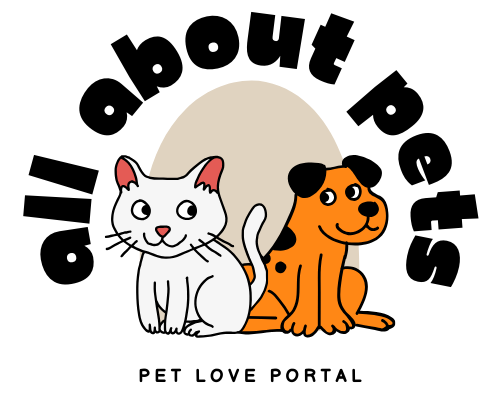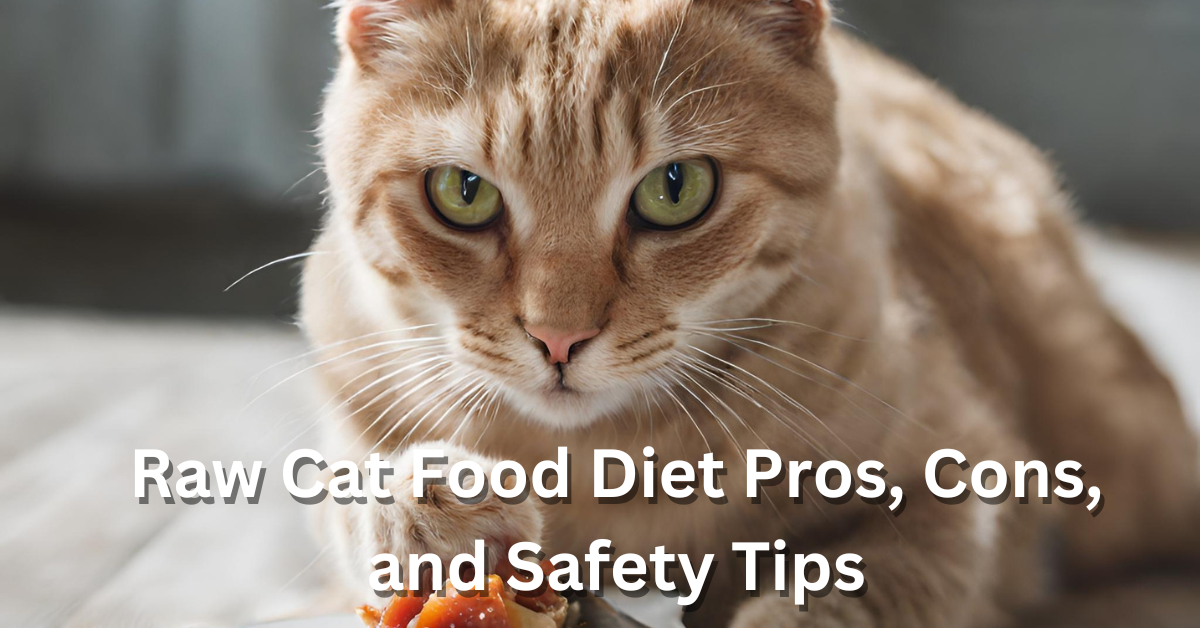Raw Cat Food Diet: Pros, Cons, and Safety Tips
Feeding your cat a raw diet has become increasingly popular among pet owners in recent years. While some argue that a raw diet is more natural and healthier for cats, others are concerned about the safety and potential risks associated with feeding raw meat.
Proponents of a raw diet for cats argue that it more closely mimics their natural diet in the wild, which consists of raw meat and bones. They claim that feeding a raw diet can improve a cat’s overall health, including their coat, digestion, and energy levels. However, others argue that there is not enough scientific evidence to support these claims and that a well-balanced commercial diet can provide all the necessary nutrients for a cat’s health.
Despite the potential benefits, there are also risks associated with feeding a raw diet to cats. Raw meat can contain harmful bacteria, such as Salmonella and E. coli, that can make both cats and their owners sick. Additionally, feeding bones can pose a choking hazard or cause intestinal blockages. It is important for cat owners to understand the pros and cons of feeding a raw diet and take appropriate safety precautions.
Understanding Raw Diet for Cats
What is a Raw Diet?
A raw diet for cats is a type of diet that consists of uncooked meat, bones, and organs. This type of diet is meant to replicate the natural diet of cats in the wild, which primarily consists of prey animals. The idea behind a raw diet is that it provides cats with the nutrients they need to thrive, while also reducing the risk of health problems associated with processed foods.
Types of Raw Diets
There are several types of raw diets for cats, including:
- Prey Model Raw (PMR): This type of diet is meant to mimic the proportions of a prey animal, with 80% muscle meat, 10% bone, and 10% organs.
- Biologically Appropriate Raw Food (BARF): This type of diet includes a wider variety of foods, such as fruits, vegetables, and supplements, in addition to raw meat.
- Frankenprey: This type of diet is a combination of PMR and BARF, where the cat is fed a variety of whole prey animals, as well as supplements and other foods.
It’s important to note that raw diets for cats require careful planning and preparation to ensure that cats receive all the necessary nutrients. Feeding a raw diet that is not properly balanced can lead to health problems, such as nutritional deficiencies and bacterial infections.
Pros of a Raw Diet
A raw diet for cats involves feeding them uncooked meat, organs, and bones. While it may not be suitable for all cats, there are several potential benefits to this type of diet.
Potential Health Benefits
One of the main reasons cat owners choose a raw diet is for the potential health benefits. Some of these benefits include:
- Improved digestion: Raw food is easier for cats to digest than processed food. This can lead to less digestive upset and better nutrient absorption.
- Healthier skin and coat: A raw diet can provide cats with the essential fatty acids and nutrients they need for healthy skin and a shiny coat.
- Better oral health: Chewing on raw meat and bones can help keep a cat’s teeth clean and healthy.
- Weight management: A raw diet can help cats maintain a healthy weight by providing them with the right balance of nutrients and fewer fillers.
- Improved immune system: A raw diet can help boost a cat’s immune system by providing them with essential vitamins and minerals.
Behavioral Advantages
In addition to potential health benefits, a raw diet can also provide behavioral advantages for cats. Some of these advantages include:
- Increased energy: Cats on a raw diet may have more energy due to the higher nutrient content of raw food.
- Reduced aggression: A raw diet can help reduce aggression in cats by providing them with a more natural diet.
- Better stool quality: Cats on a raw diet may have better stool quality due to the higher nutrient content and easier digestion of raw food.
While there are potential benefits to a raw diet for cats, it is important to consult with a veterinarian before making any significant changes to a cat’s diet. Additionally, it is crucial to follow proper food handling and safety guidelines to prevent the risk of foodborne illness.
Cons of a Raw Diet
Health Risks
While a raw diet may have potential benefits for cats, it also comes with health risks that should be considered. One of the main concerns is the risk of bacterial contamination. Raw meat can contain harmful bacteria such as Salmonella and E. Coli, which can cause serious illness in both cats and humans.
Another health risk is the potential for nutrient imbalances. Raw diets require careful planning and preparation to ensure that cats receive all the necessary nutrients in the right amounts. If a raw diet is not balanced properly, cats may develop nutrient deficiencies that can lead to serious health problems.
Practical Challenges
Feeding a raw diet can also be challenging in terms of practicality. Raw meat must be handled and stored properly to prevent contamination, which can be time-consuming and inconvenient. Additionally, raw diets can be expensive, especially if high-quality ingredients are used.
Another challenge is the potential for feeding errors. It can be difficult to ensure that cats are receiving the right balance of nutrients with a raw diet, and mistakes can have serious consequences.
Overall, while a raw diet may have some potential benefits, it is important to consider the health risks and practical challenges before deciding to feed it to your cat.
Safety Tips for Feeding Raw Diet
Feeding your cat a raw diet can be a great way to provide them with the nutrients they need to thrive. However, it’s important to take safety precautions to ensure that your cat stays healthy and free from harm. Here are some safety tips to keep in mind when feeding your cat a raw diet.
Proper Handling
Raw meat can contain harmful bacteria such as Salmonella and E. coli, which can make your cat sick if not handled properly. To reduce the risk of contamination, it’s important to follow these guidelines:
- Always wash your hands before and after handling raw meat.
- Thoroughly clean all surfaces, utensils, and dishes that come into contact with raw meat.
- Keep raw meat separate from other foods in your refrigerator and freezer.
- Thaw raw meat in the refrigerator or microwave, not on the counter.
- Don’t leave raw meat out at room temperature for more than 30 minutes.
Balanced Nutrition
Feeding your cat a balanced diet is key to ensuring their overall health and well-being. When feeding a raw diet, it’s important to make sure that your cat is getting all of the nutrients they need. Here are some tips:
- Consult with a veterinarian or animal nutritionist to determine the appropriate balance of nutrients for your cat’s age, weight, and health status.
- Offer a variety of protein sources to ensure that your cat is getting a balanced mix of amino acids.
- Include organ meats, such as liver and kidney, which are rich in vitamins and minerals.
- Consider adding supplements, such as omega-3 fatty acids and taurine, to ensure that your cat is getting all of the essential nutrients they need.
By following these safety tips and providing a balanced diet, you can help ensure that your cat stays healthy and happy on a raw diet.
Transitioning Your Cat to a Raw Diet
Transitioning your cat to a raw diet can be a gradual process. It is important to make the change slowly to avoid any digestive issues. Here are some tips to help make the transition smooth:
Gradual Transition
Start by introducing small amounts of raw food into your cat’s regular diet. Begin with 10% raw food and gradually increase the amount over the course of several weeks until your cat is fully transitioned to a raw diet. It is important to monitor your cat’s behavior and appetite during this time. If your cat is showing signs of discomfort or lack of interest in the new food, slow down the transition process.
Monitoring Your Cat’s Health
It is important to monitor your cat’s health throughout the transition process and after they are fully transitioned to a raw diet. Here are some things to keep an eye on:
- Weight: Make sure your cat is maintaining a healthy weight and not losing too much weight during the transition process.
- Digestive Issues: Watch for any signs of digestive issues such as vomiting or diarrhea. If your cat experiences these issues, slow down the transition process.
- Dental Health: Raw food can help improve your cat’s dental health. Monitor their teeth and gums for any signs of improvement or issues.
- Overall Health: Keep an eye on your cat’s overall health. If they seem lethargic or show any other signs of illness, consult with a veterinarian.
By following these tips and monitoring your cat’s health, you can successfully transition them to a raw diet.
Conclusion
Feeding a cat a raw diet can have both pros and cons. While it can provide a more natural and nutrient-dense diet, it also comes with potential risks such as bacterial contamination and nutritional imbalances.
It is important for cat owners to thoroughly research and understand the risks and benefits before deciding to switch to a raw diet. Additionally, it is crucial to consult with a veterinarian to ensure that the diet is nutritionally balanced and appropriate for the cat’s individual needs.
Some safety tips to keep in mind when feeding a raw diet include:
- Properly handling and storing raw meat to prevent bacterial contamination
- Including a variety of protein sources to ensure nutritional balance
- Monitoring the cat’s weight and overall health
- Regularly testing for parasites and bacterial infections
Overall, while a raw diet may be a viable option for some cats, it is not without risks and requires careful consideration and planning.

